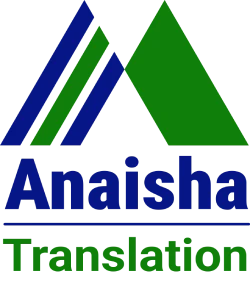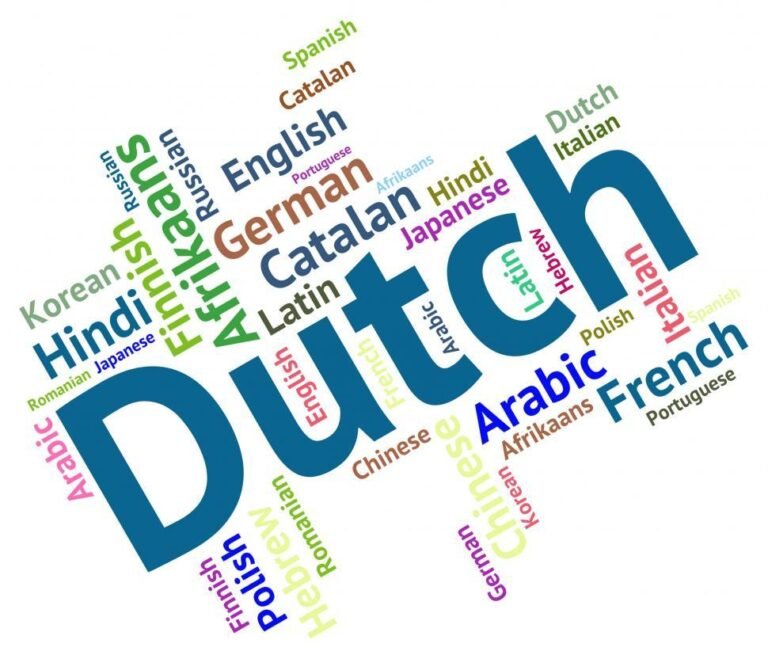Certified Dutch Translation in Gurugram – Embassy, HRD & MEA Approved
Anaisha Translation provides certified Dutch to English and English to Dutch translation services in Gurugram for immigration, student visas, corporate documentation, legal cases, medical reports, technical sectors, and business expansion. Our translations follow embassy-approved formatting accepted by the Netherlands Embassy, Belgium Embassy, MEA Apostille, HRD departments, and international verification authorities.
If you require certified Dutch translation in Gurugram for Netherlands/Belgium student visas, work permits, PR migration, academic submissions, legal filings, medical travel, technical documentation, or international business contracts — our certified linguists deliver 100% accurate, embassy-compliant translations. Soft copies are delivered instantly, and sealed hard copies are couriered across Gurgaon including Cyber City, Golf Course Road, MG Road, Sohna Road, Udyog Vihar, and DLF phases.
Why Choose Our Certified Dutch Translation in Gurugram?
Certified Native Dutch Linguists
Our professional Dutch translators specialize in:
- Dutch → English Certified Translation
- English → Dutch Certified Translation
- Academic & APS Documentation
- Visa & Immigration Documents
- Legal, Court & Affidavit Translations
- Medical Records & Clinical Files
- Technical, Scientific & Engineering Documents
- Corporate, Financial & HR Documents
100% Acceptance by Embassy, HRD & MEA
Our certified translations meet the official standards accepted by:
- Netherlands Embassy – New Delhi
- Belgium Embassy – New Delhi
- MEA Apostille (Hague Convention)
- Haryana HRD & State Verification
- International Visa Centers & Universities
- Court & Judicial Authorities
- MNCs, Corporate HR & Global Companies
Fastest Dutch Translation Service in Gurugram
- Standard – 24–48 Hours
- Express – 12–24 Hours
- Super Express – 6–12 Hours (urgent)
Ideal for tight university deadlines, last-minute embassy appointments, or urgent legal cases.
Documents We Translate
We translate every type of Dutch and English document used for immigration, business, academics, technical industries, legal systems, and healthcare.
Documents We Translate – Table
| Document Type | Examples | Certification |
|---|---|---|
| Legal Documents | Affidavits, Court Orders, Contracts, POA, FAR | Notary + Embassy Format + MEA |
| Personal Certificates | Birth, Marriage, Divorce, Death, PCC | Notary + Embassy Format |
| Educational Documents | Degrees, Transcripts, Diplomas, Mark Sheets | HRD + MEA + Embassy (if required) |
| Medical Records | Lab Reports, Prescriptions, Clinical Notes | Hospital + Embassy Format |
| Technical Documents | Manuals, SOPs, Patents, IT Docs, Engineering Files | ISO Technical Translators |
Industries We Serve in Gurugram
We support all major industries in Gurugram and NCR:
- IT & Software Companies (Cyber City)
- Corporate & MNCs
- Legal Firms & Judicial Offices
- Education & APS Submissions
- Healthcare & Medical Tourism
- Manufacturing & Industrial Sectors
- Import–Export & Logistics Companies
- Banking & Financial Institutions
We ensure domain-specific accuracy for every industry and document type.
Security & Confidentiality Guaranteed
Your sensitive legal, medical, corporate, and academic documents are processed under encrypted systems, NDA coverage, and restricted-access workflows to maintain complete privacy.
Certified Dutch Translation & Attestation Process
Our attestation workflow ensures acceptance in the Netherlands, Belgium, and other EU countries.
Attestation Process – Step-by-Step Table
| Step | Process |
|---|---|
| Step 1 – Translation | Certified Dutch linguist prepares accurate translation. |
| Step 2 – Certification | Notary + Embassy Format + HRD/MEA if required. |
| Step 3 – Attestation | Notary → Haryana Govt → MEA → Embassy |
| Step 4 – Legalisation | Accepted for visas, academics, corporate & legal use |
Frequently Asked Questions
Are your Dutch translations accepted by Netherlands/Belgium embassies?
Yes — we follow all embassy, MEA and HRD guidelines.
Do you provide urgent Dutch translation in Gurugram?
Yes — Express (12–24 hrs) & Super Express (6–12 hrs) are available.
Do you offer courier delivery of certified hard copies?
Yes — courier-only delivery across Gurugram & NCR.
Gurugram Locations We Serve – Courier Only
Cyber City, MG Road, Golf Course Road, Sohna Road, DLF Phase 1–5, Udyog Vihar, Sector 29, Sector 56, Sector 82–90.
About Our Dutch Translation Service
Anaisha Translation is India’s trusted provider of Dutch–English certified translations, delivering accurate, secure, and embassy-approved documents for immigration, academics, business, legal and medical needs across Gurugram and NCR.
Contact Us
Email: info@anatranslation.com
Phone: 9100392160
WhatsApp: 9100392160
Website: www.anatranslation.com

